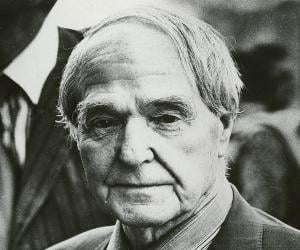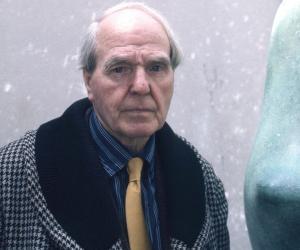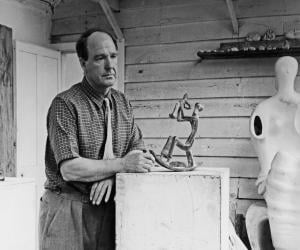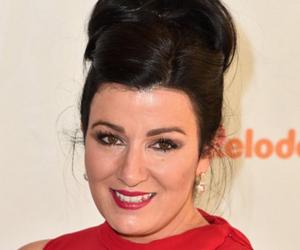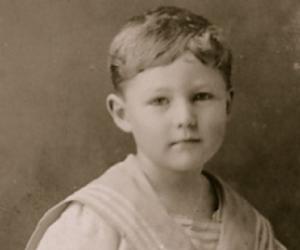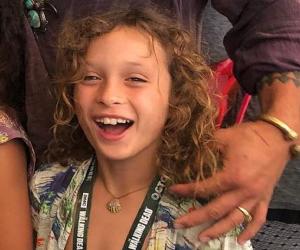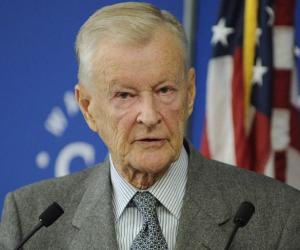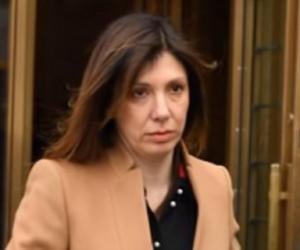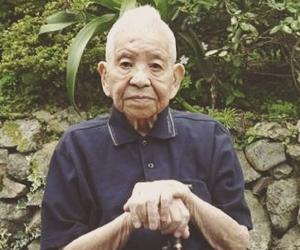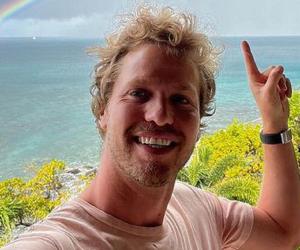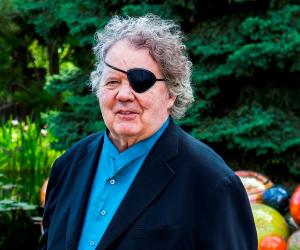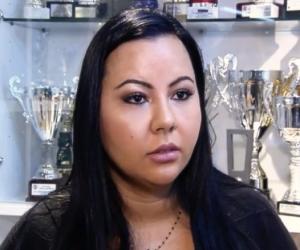Born In: Castleford
Henry Moore
One of the best known sculptors of the 20th century, Henry Spencer Moore was an artist who played a prominent role in introducing a particular form of modernism to the United Kingdom. He created abstract forms of bronze sculptures that usually depicted reclining human figures containing hollow spaces. He was also particularly fascinated by family related themes, especially the bond between mother and child which was often reflected in his artwork. Unlike several other artists who rise in prominence after their deaths, Moore reached the heights of fame while still alive and became exceptionally rich through his talents. He was fascinated by sculpting from a very early age when he learned about Michelangelo’s achievements. His art teacher recognized his potential and encouraged him. After a stint in the army, he studied at the Leeds School of Arts. Initially he followed the standard Victorian romantic style though soon he moved to direct carving in which the imperfections in the material become part of the work. He became a prominent member of the informal modern art movement during the 1930s and also dabbled a little with the surrealist movement. He worked as a war artist during the Second World War and produced pictures of the war victims. He amassed great wealth which he used to establish the Henry Moore foundation for promoting education and fine arts.
